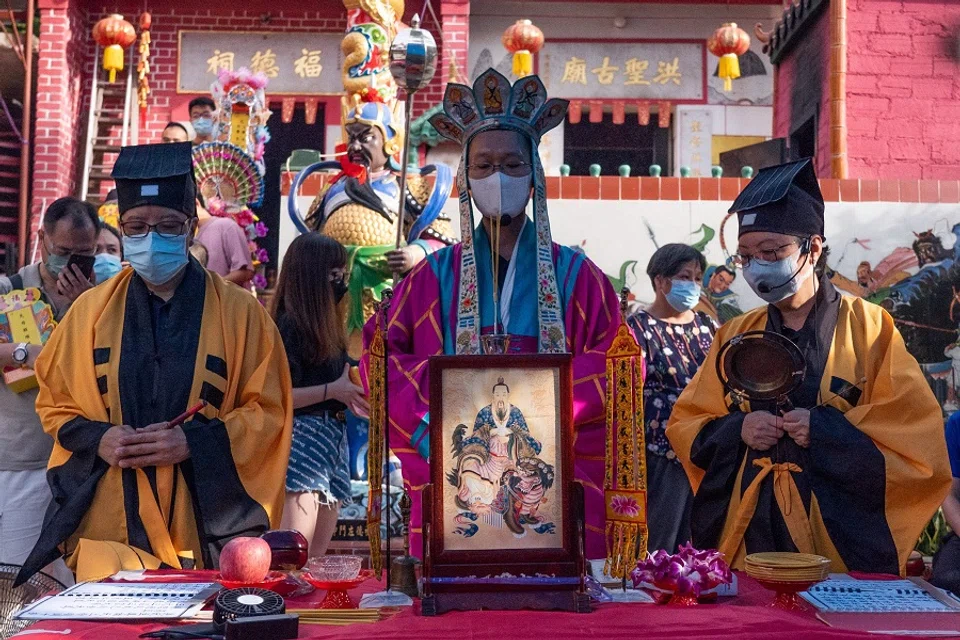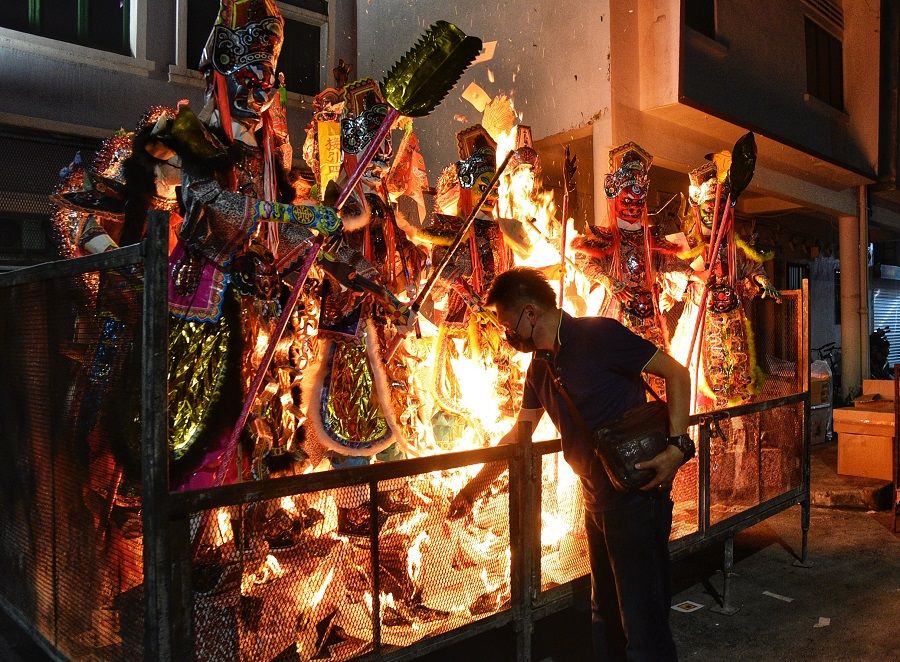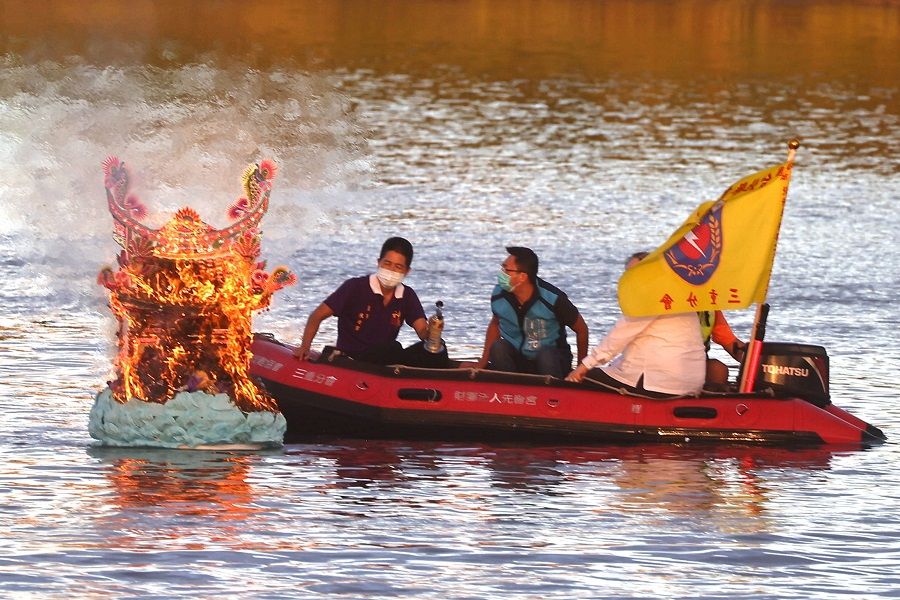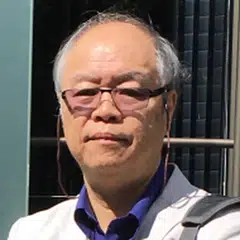Questions concerning mortality in early China [1 of 3]: The idea of the netherworld

Death may be singled out as one of the most visible causes of human misery. A fear of death has affected the behaviour of many, and produced all sorts of pain and suffering for humanity. But then, death may also be the ultimate solution to individual human misery. That is, if people do not consider that there may be another life after death. If they do, then death would be the passage to another world, and the fate of the dead in that world would again become a cause of concern. Is there a netherworld? If so, where is it, what does it look like, is it a comfortable place, what do people do there, and will they stay there forever?
Did the thought of a netherworld keep the ancients in check?
It is interesting that in early China the existence of a netherworld was never a subject for serious discussion. It was simply assumed. Among the few allusions to this subject, represented by a few intellectuals over the centuries, there was no consistent view of exactly where this netherworld was, and what was there. This immediately raises another question: whether or how this assumed netherworld affected the moral and ethical system of Chinese culture, especially compared to those of some other cultures, such as the ancient Egyptians, or the Christians?
"One has not yet learned about life, how could one know about death?" - Confucius
It seems appropriate that a discussion on the traditional Chinese conception about death and the afterlife should begin with some remarks by Confucius (c. 551-479 BCE). Confucius said this in reply to a question his disciple had asked concerning death: "One has not yet learned about life, how could one know about death?" This famous verdict was consistent with his humanistic view that it is more important for people to be concerned with life than with death. However, this does not mean that Confucius did not believe in a netherworld, or that he did not believe that there were spiritual beings working behind the human scenes. But as far as we know, he did not think it useful to indulge too much thought into this subject.

The free-spirited philosopher Zhuangzi (庄子 c. 369-286 BCE), on the other hand, talked about death and the dead openly. According to him, human life, or indeed everything in the world, was the chance congealment of qi; when the qi disperses, life dissolves into the vast universe. But then he also acknowledged that people believed in a netherworld where life seems to continue, as shown in his story about a roadside skull that came to his dream and talked about the joy of living in the land of the dead, where none of the worldly sorrows and miseries exist. We of course can understand that Zhuangzi was talking metaphorically in his usual manner, yet the fact that the metaphor could work presupposes a commonly conceived idea of a netherworld, and a post-death existence.
...we should serve the dead just as we serve the living, to show our respect for human life. - Xunzi
The dead must go prepared to the netherworld
The more scholarly Xunzi (荀子 c. 316-237 BCE) was probably the first to try to sort out the tangle between the belief in a netherworld and people's way of expressing their concern for the dead in their afterlife. In a treatise about rituals, Xunzi said that the spirit of funerary rituals was to serve the dead with what they enjoyed while alive. This is because we should serve the dead just as we serve the living, to show our respect for human life. It is by respecting the dead and providing appropriate funerary objects that we can be sure that the respect for human life is consistent, from the beginning to the end. Yet because it is clear that the dead would not really use the funerary objects, so the funerary objects should be supplied in the manner that indicates that they were not meant to be used.

Xunzi did not actually address the question about the existence of a netherworld. It seems that in his discussion he did not believe that the dead could ever "live" again and use the funerary objects. Yet he also understood that his view might not be the view of the general population. That is why he considered that for the intellectual elites (junzi 君子) the funerary rituals were a way of expressing compassion and humanity, but for the common people (baixing 百姓) the funerary rituals were performed for the ghosts. That is, the common people believed in the existence of a netherworld where the dead would somehow need the funerary objects. Thus Xunzi constructed an ingenious interpretation of funerary rituals to satisfy both the believers and non-believers of the netherworld.
It is clear that based on the description of the funerary objects, the netherworld was conceived as somewhat similar to that of the living, having the need of those objects for daily use. People in the modern Chinese cultural sphere could still understand this easily, as funerary objects such as paper money, models of houses and cars, and even credit cards were burnt at the funeral to send off the deceased. The assumption behind this is quite fascinating. Is the netherworld also modernised and have the same amenities as modern people?
"The living are under the jurisdiction of Chang'an (长安) to the west; the dead are under the jurisdiction of Taishan to the east." - Ancient funerary text
Going underground
Other references to this netherworld in early China are the Yellow Spring (黄泉), which is another metaphorical expression of the deep underground where water gushes out. Or the Dark City (幽都), as the poet Quyuan (屈原 c. 343-278 BCE) imagined, where a fierce-looking spirit threatens the newly arrived. A straightforward expression is the Underground (地下), which points unquestionably where this netherworld is located. During the Han Dynasty, the terms Mount Tai (泰山 Taishan), Haoli (蒿里), or Liangfu (梁父) became more commonly used to designate the places where the dead would go. A funerary text makes a very concise description about how the living and the dead are governed: "The living are under the jurisdiction of Chang'an (长安) to the west; the dead are under the jurisdiction of Taishan to the east."
A number of documents recovered from Han Dynasty tombs indicated the existence of an Underground bureaucracy with many officials bearing titles similar to those of the imperial government: Underground two-thousand-bushels, Underground magistrate and assistant magistrate, etc., to name a few. There were even official transaction documents issued by the above-ground magistrate to the Underground magistrate to report the arrival of the newly dead, just as how our modern household registration system operates.

By the time of late Eastern Han before Buddhism began to infiltrate into China, therefore, this Underground was conceived mainly according to the world of the living, as having a comparable government. A netherworld ruler was also mentioned as "The Heavenly Emperor" (天帝 tiandi), but he would have less business with the ordinary people who needed only to deal with local officials, whether alive or dead.
The Buddhist idea of the Underground prison added a layer to the sediment of history, and worked together with the ancient idea of the Underground to inform the Chinese people what could happen after death, and how to make preparations for it.
A different view with Buddhism
Buddhism changed all this. Now the dead would be given the opportunity to live in a "Western Pure Land" as long as one followed the instruction of the Buddhist tenet and be a good disciple of the Buddha. For those that were not up to the standard, who had committed various crimes and did harm to others, there was the diyu (地狱), or Underground prison, waiting for the sinner, who would suffer for an indeterminate period before being rescued, if at all.
Most modern Chinese would have heard of this, no matter if they were Buddhist or not. This does not mean, however, that the old conceptions inherited from ancient times were completely replaced or forgotten. The Buddhist idea of the Underground prison added a layer to the sediment of history, and worked together with the ancient idea of the Underground to inform the Chinese people what could happen after death, and how to make preparations for it. In the next article, we shall discuss the preparation for the netherworld in the pre-Buddhist era.
